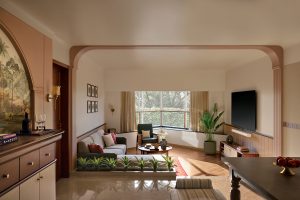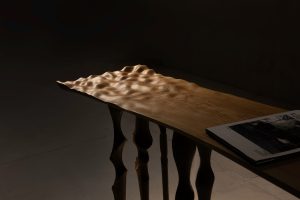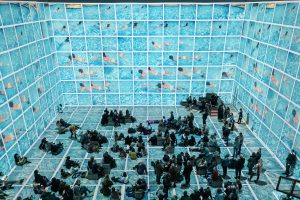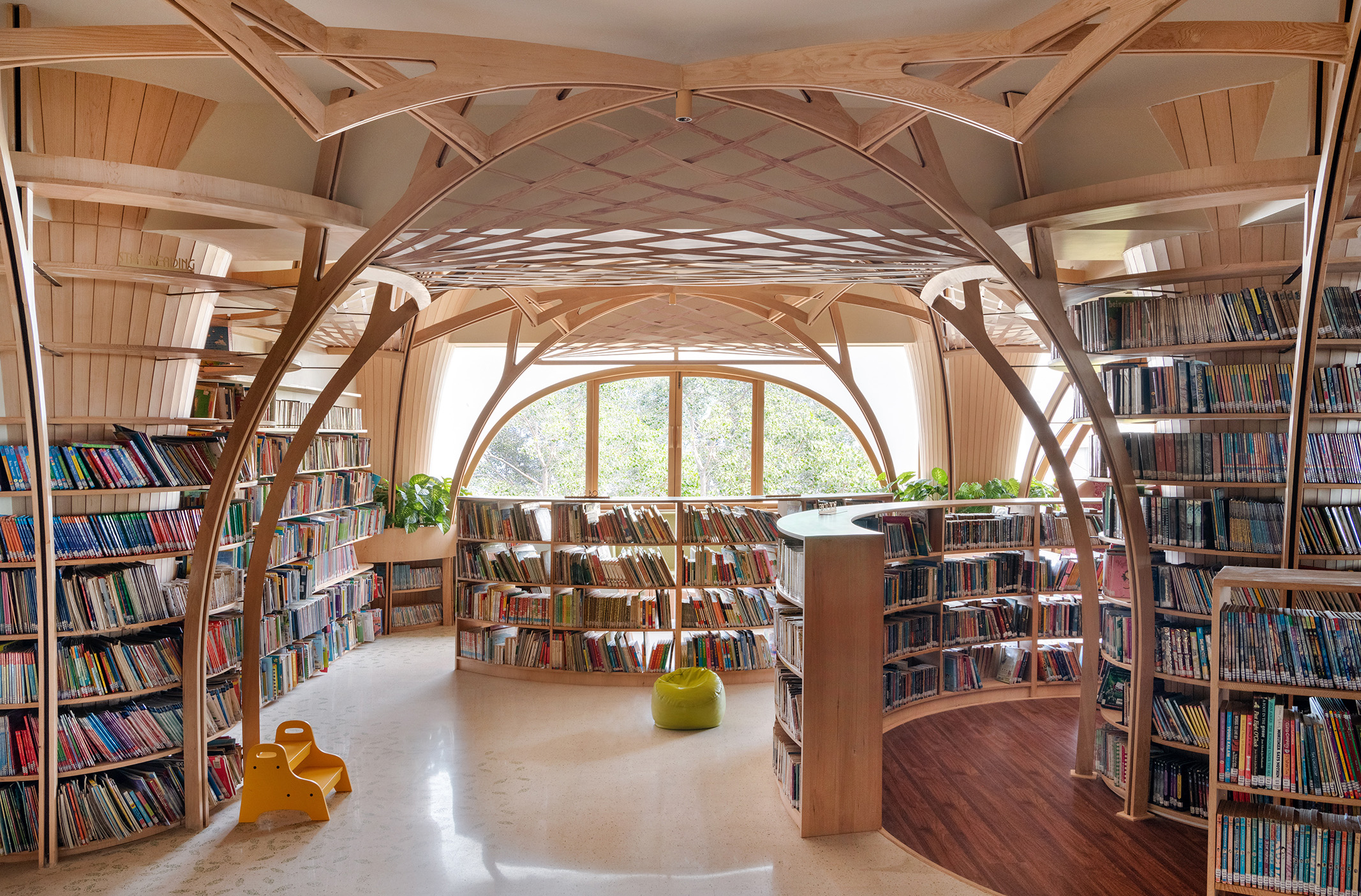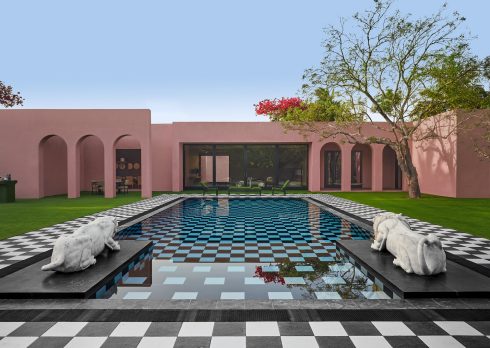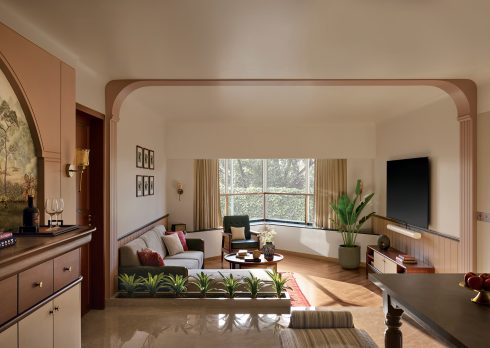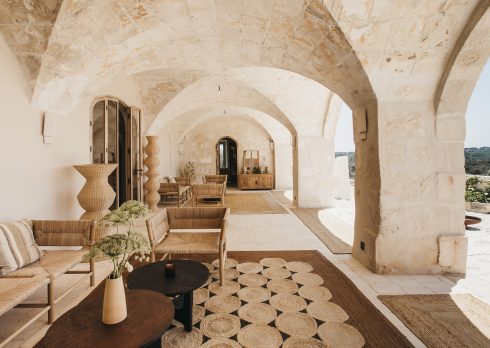The Cricket Club Of India, Mumbai Wins An Award For Best Educational Interiors For The Forest Of Knowledge
Step into Mumbai's Cricket Club of India and discover a contemporary oasis for book lovers, where tradition and lighting design merge to create the enchanting Forest of Knowledge.
Nestled on the fourth floor of an understated Art Deco building in Mumbai lies a new-age forest of knowledge—a modern library space within the Cricket Club of India, crafted by Pravir Sethi and Chintan Zalavadiya of Studio Hinge. Spanning an area of 4,500 sq. ft., this enchanting and well-lit library evokes nostalgia for reading beneath trees and connecting with nature. Emerging from the backdrop of the COVID era, it transcends the traditional library concept, serving as a house of knowledge and a communal haven for learning and connection. By day, it is a serene retreat, and by evening, it transforms into a warmly lit sanctuary, crafted thoughtfully by Tripti Sahni of Studio Trace, a lighting design firm. This remarkable space, celebrated for its innovative design just won the prestigious Architizer A+ Award 2024 for the “Best Educational Interior”–– they are one of three Indian practices in the world to make this list. The project will be included in the 12th Edition of the book “Architizer: The World’s Best Architecture.”
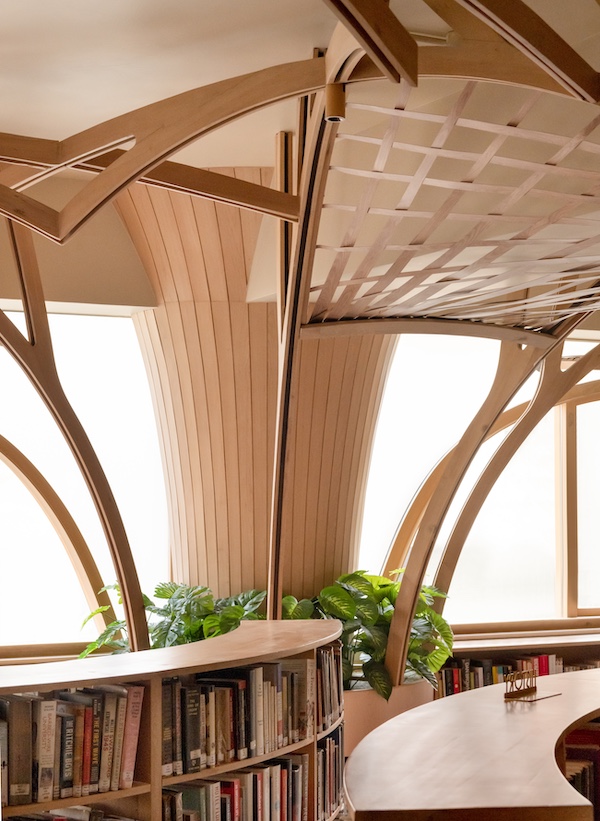
Before this forest of knowledge was cultivated, a temporary library occupied the space. It was grim, with no separate area for staff, long lightless corridors, and bookshelves stacked in front of windows, blocking out light. This, coupled with shrinking attention spans and the increasing preference for digital reading, meant fewer people visited the space.
The new library design has thoughtfully utilised the CCI space—the adjacent Zumba studio has smartly been incorporated into the library with a host of allied activities like film screenings, book clubs, new book launches, author readings, and workshops for children and adults. The redesigned space can also double as a dance studio when needed, featuring engineered oak flooring, flush mirrored cupboards housing books that are not on display, storage for stacking furniture, and a large screen TV, all under a ceiling of undulating timber slats. This additional space has proven to be the key to activating and revitalising the library which has become a platform for building community.
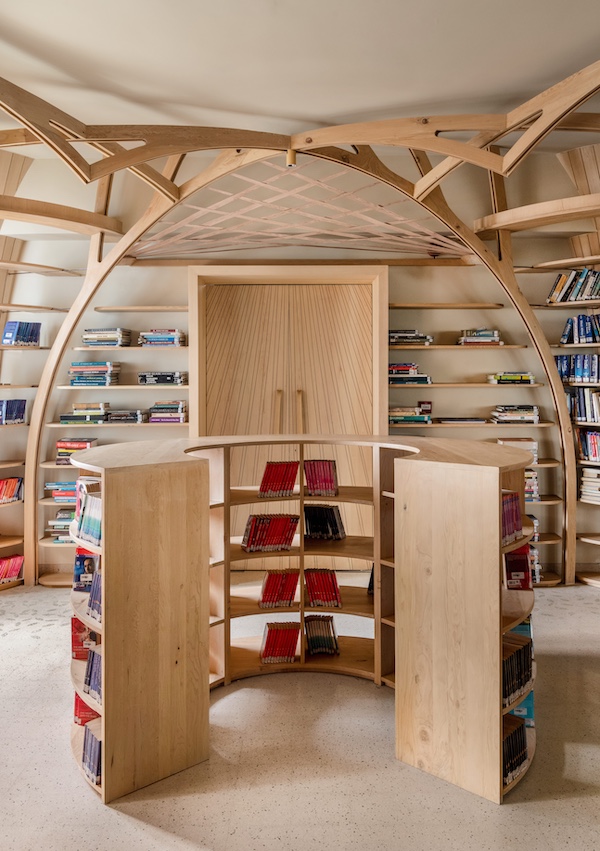
“It has been insightful to conduct post-occupancy surveys and observe how the space is used, but more than anything the realisation of our objective has been borne out not just by increased footfall, but by the many messages of appreciation we receive from members, especially those with children,” said Pravir Sethi, the principal architect at Studio Hinge.
Also Read: 5 Workplaces That Embrace Alluring Themes And A Higher Work-Life Balance
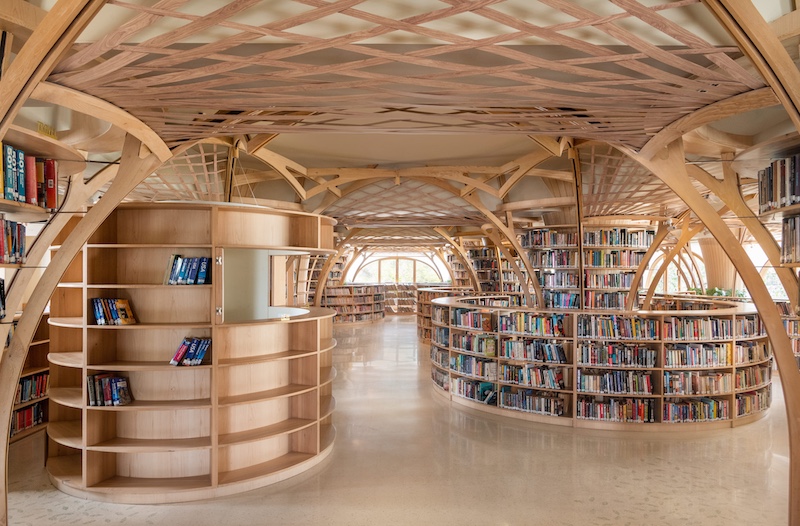
On a conceptual level, the design draws from nature and borrows heavily from the beautiful canopy formed by the ficus and gulmohar trees found on the adjacent street. At first glance, the library resembles an intricate forest, with structural supports designed as wooden branches spreading out in various directions, converging into overhead canopies crisscrossing across the ceiling. Existing concrete columns are retained and reimagined as trees, with circular bookshelves supported on arching branches that reference the geometry of the pavilion’s colonnade along the cricket ground. These branches are cleverly designed to serve as conduits, and, along with panelling to the beams, eliminate the need for lowered ceilings.
Custom terrazzo flooring tiles with marble chips and green glass create abstract patterns of scattered leaves. Around the central trees are freestanding bookshelves arranged in circular, hedge-like formations. To ensure that the reading experience is nothing short of perfect for the users Tripti Sahni expertly navigates lighting challenges posed by intricate geometries of the space.
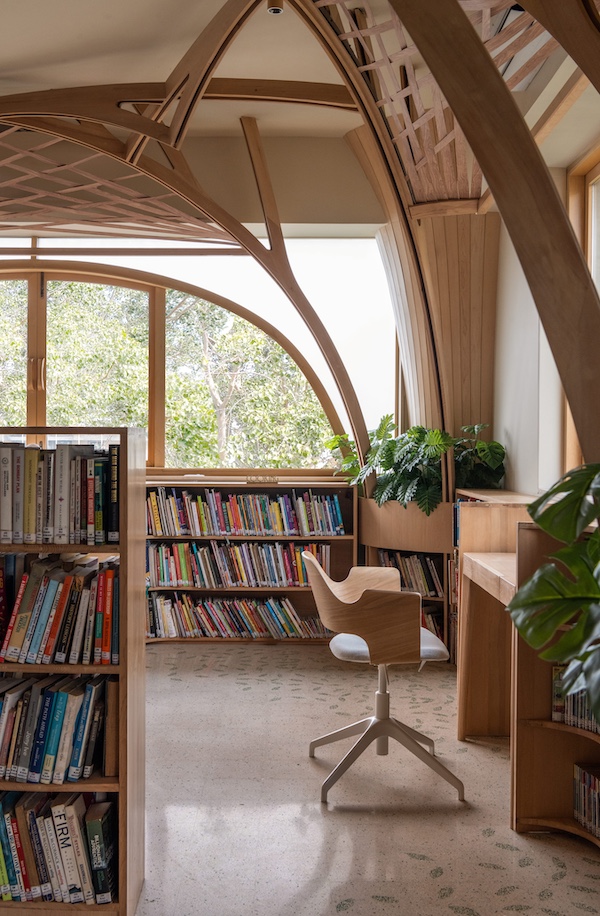
The ambient lighting in the library is masterfully crafted by fabricating bespoke flood luminaires, mounted at the intersecting nodes of the branches. These fixtures are finished with a custom powder coating that matches the wood, allowing them to blend seamlessly and remain unobtrusive. The canopies are uplifted to enhance the illusion of walking through a grove of trees with a web of shadows on the ceiling. The curved and staggered bookshelves require meticulous illumination to avoid casting shadows on the books below. The goal is to integrate the lighting within the architectural elements so that the fixtures are nearly invisible.
After multiple mockups, a sleek asymmetrical fixture was designed, and recessed within the depth of the slim bookshelves, creating a magical, hidden light source. This innovative solution achieves the goal of creating a well-lit space where the light fixtures themselves are almost invisible. The result is a captivating environment embraced by all age groups, evident in a substantial rise in library memberships. This success underscores the collaborative importance of design detailing between the architect and lighting designer in every stage of the project– from concept and site mockups to execution.
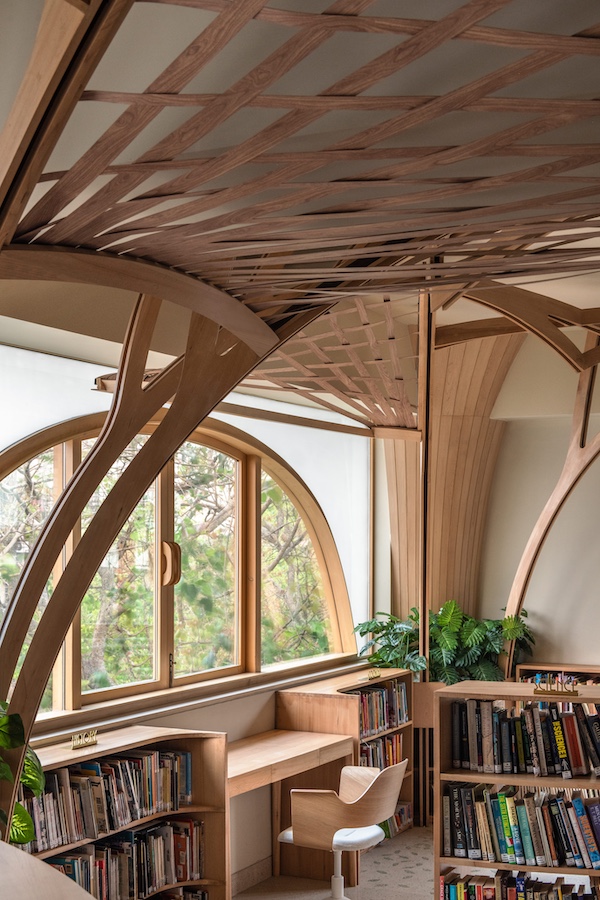
Care is taken to ensure no bookshelf in the open space is taller than 1.2 metres, allowing maximum natural light to permeate and providing most adults with an unobstructed view while standing. This design creates sheltered nooks for sitting and reading and offers a playful, almost labyrinthine space from a child’s perspective. The principal material used for the library is timber, with windows made of yellow cedar and furniture crafted from Western hemlock trees. In India, it is challenging to find sustainably harvested native species, so FSC-certified timber is used. The windows have been enlarged and the space in front of them decluttered, with a large proportion being openable. This increases natural light and ventilation across two facades, reducing the library’s reliance on artificial lighting and mechanical ventilation. The enlarged windows face east and north, avoiding the harsh glare from the southwest.
The CCI Library not only comes forth as one of the finest executions of design and architecture but also paves the way for the coming generations to nurture the art of reading to embrace the connection with nature.


